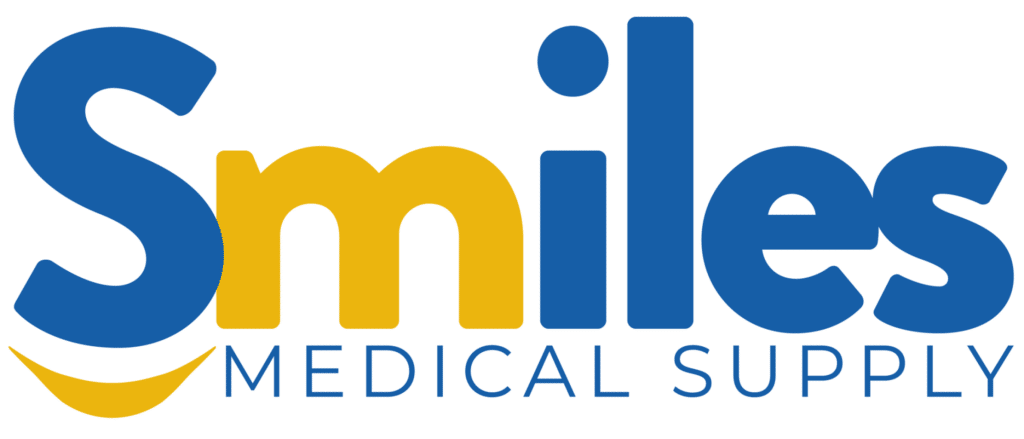Continuous Glucose Monitors (CGMs) have revolutionized diabetes management by providing real-time glucose readings, helping patients control their blood sugar levels better. However, obtaining a CGM often involves navigating the complex world of Durable Medical Equipment (DME) referrals. This article will explain how DME referrals for CGM work, ensuring you clearly understand the process and can manage your diabetes effectively.
Understanding Durable Medical Equipment (DME)
Durable Medical Equipment (DME) refers to medical devices used at home to improve life quality. These devices are designed for repeated use, and examples include wheelchairs, oxygen equipment, and, of course, Continuous Glucose Monitors (CGMs). DMEs must be prescribed by a healthcare provider and are typically covered by insurance, including Medicare and Medicaid. The key to accessing these benefits lies in understanding the referral process.
The Role of Continuous Glucose Monitors (CGMs) in Diabetes Management
Continuous Glucose Monitors (CGMs) play a critical role in diabetes management. Unlike traditional blood glucose meters, CGMs provide continuous, real-time data on blood sugar levels. This allows for better tracking of glucose trends and more informed decisions regarding diet, exercise, and medication. CGMs can alert users to high and low blood sugar levels, reducing the risk of emergencies and improving overall diabetes control.
The Importance of DME Referrals for CGM
Getting a CGM through insurance typically requires a DME referral. This referral is a formal request from a healthcare provider to an insurance company or DME supplier, indicating that a CGM is medically necessary for the patient. Without this referral, insurance companies are unlikely to cover the cost of the device, which can be prohibitive for many patients. Therefore, understanding how DME referrals for CGM work is essential for accessing this life-changing technology.
Steps to Obtain a DME Referral for CGM
Obtaining a DME referral for CGM involves several steps:
- Consult with Your Healthcare Provider: The process begins with a consultation with your healthcare provider. This could be your primary care physician, endocrinologist, or diabetes specialist. During this consultation, you will discuss your diabetes management, glucose control, and any challenges you face. If your provider determines that a CGM is medically necessary, they will proceed with the following steps.
- Documentation and Prescription: Your healthcare provider will document your need for a CGM in your medical records and prescribe the device. This prescription will include details about the specific CGM model and any related supplies you will need, such as sensors and transmitters.
- Submit to Insurance: With the prescription and documentation, the next step is to submit these to your insurance company. This can often be done electronically through your healthcare provider’s office. The insurance company will review the documentation to ensure it meets the coverage criteria.
- DME Supplier Coordination: Once the insurance company approves the referral, they will coordinate with a DME supplier. The supplier will contact you to arrange the delivery of the CGM and any necessary training on how to use it. In some cases, the supplier may also handle the insurance billing directly.
- Follow-Up and Reordering Supplies: After you receive your CGM, it is vital to have regular follow-ups with your healthcare provider to monitor your progress and make any necessary adjustments. You will also need to reorder supplies periodically, which can often be done through the DME supplier.
Common Challenges and Solutions
Navigating the DME referral process for CGM can be challenging. Here are some common issues and solutions:
- Insurance Denials: One of the most common challenges is insurance denials. If your insurance company denies your referral, work with your healthcare provider to provide additional documentation or appeal the decision. Sometimes, a letter of medical necessity or additional test results can help overturn the denial.
- Delays in Processing: Delays in processing referrals and approvals can be frustrating. To avoid this, ensure all paperwork is complete and accurate before submission. Follow up with your insurance company regularly to check on the status of your referral.
- Cost and Coverage Issues: Even with insurance coverage, you may still face out-of-pocket costs. Ask your DME supplier or insurance company about any available financial assistance programs or payment plans.
Benefits of Using a CGM
Despite the challenges, using a CGM has numerous benefits that make the referral process worthwhile. These benefits include:
- Improved Glucose Control: With continuous monitoring, you can make more informed decisions about your diet, exercise, and medication, leading to better glucose control.
- Early Detection of Hypoglycemia and Hyperglycemia: CGMs can alert you to dangerously high or low blood sugar levels, helping you take action before a crisis occurs.
- Reduced A1C Levels: Studies have shown that using a CGM can significantly reduce A1C levels, a crucial marker of long-term glucose control.
- Enhanced Quality of Life: By reducing the burden of constant finger pricks and providing peace of mind, CGMs can significantly improve your quality of life.
DME Referrals For CGM Simplified
Understanding how DME referrals for CGM work is crucial for anyone managing diabetes. By following the steps outlined in this article and addressing common challenges, you can successfully navigate the referral process and gain access to the life-changing benefits of a CGM. If you have any questions or need assistance, don’t hesitate to contact your healthcare provider or DME supplier. With the right tools and support, you can take control of your diabetes and improve your overall health and well-being.

